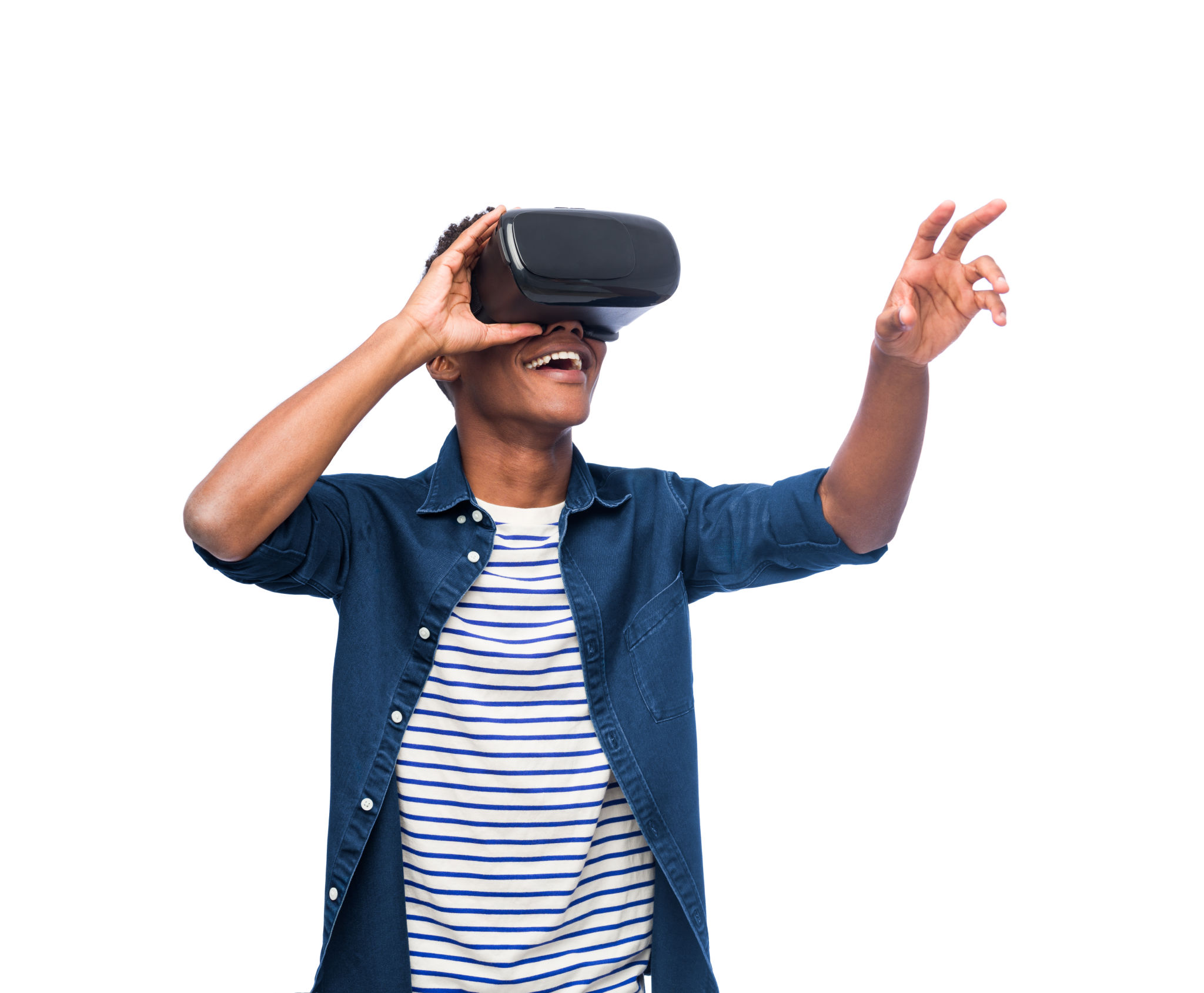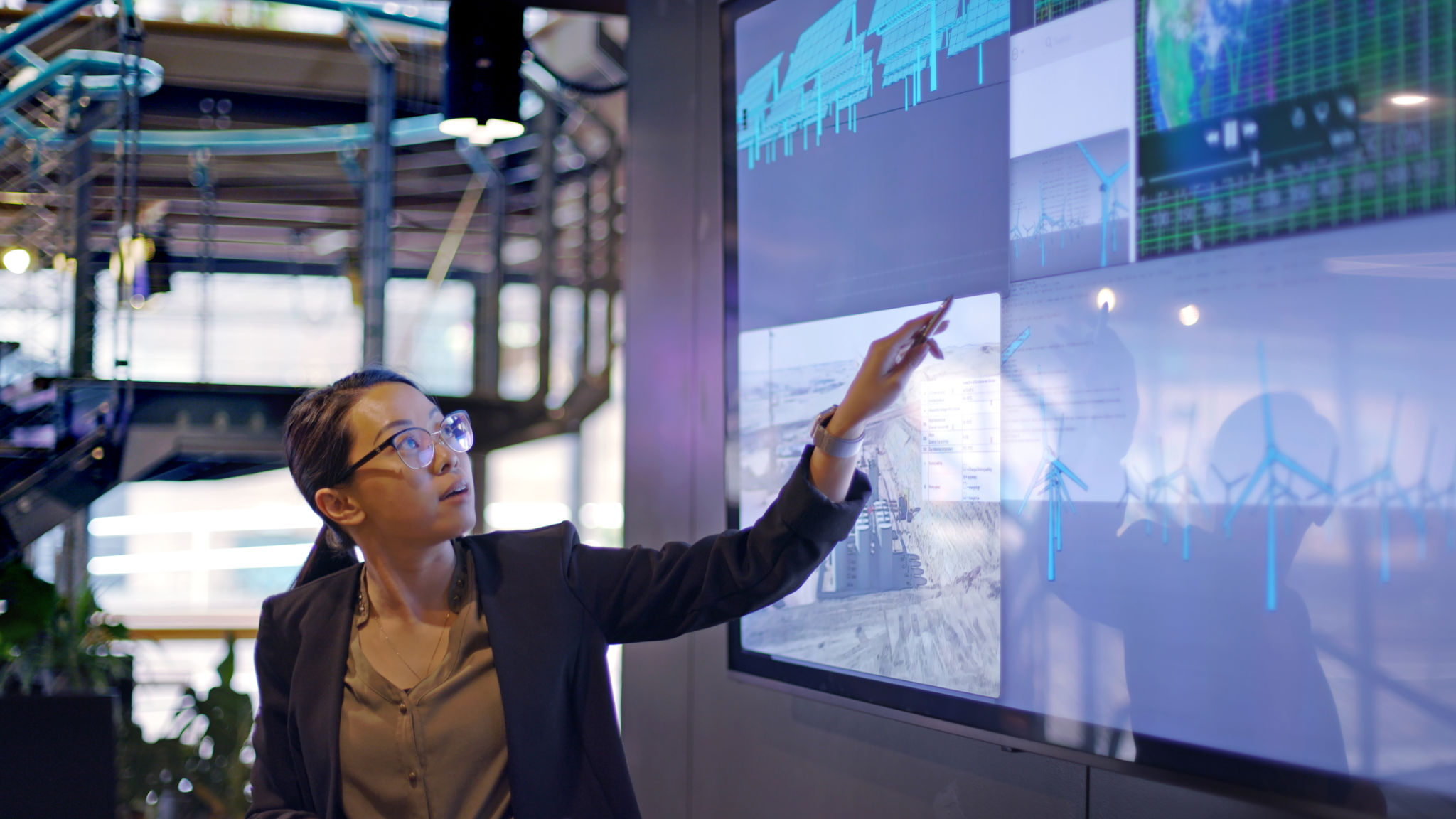The Future of Virtual Reality in India's Education Sector
Introduction to Virtual Reality in Education
As technology continues to evolve, the integration of virtual reality (VR) in India's education sector is proving to be a transformative force. VR offers immersive learning experiences that traditional methods cannot match, providing students with an interactive environment that enhances understanding and retention. With the rise of digital learning, VR is poised to become a cornerstone of educational innovation in India.
The shift towards VR in education is not just about adopting new technologies; it's about reinventing the way students learn. By enabling experiential learning, VR allows students to explore concepts and environments beyond the limitations of a physical classroom. This technology has the potential to democratize education, making it accessible and engaging for students across diverse backgrounds.

Key Benefits of VR in Education
One of the most significant advantages of VR in education is its ability to create realistic simulations. For example, medical students can practice surgeries in a risk-free virtual environment, while history students can explore ancient civilizations without leaving the classroom. This immersive approach not only enhances learning outcomes but also boosts student engagement and motivation.
Another benefit is the personalized learning experience that VR offers. Students can learn at their own pace and revisit complex topics as needed. This adaptability ensures that every student receives an education tailored to their individual needs and learning styles. Moreover, VR can bridge the gap for students with disabilities, providing them with equal opportunities to engage with the curriculum.

Challenges and Opportunities
Despite its potential, the integration of VR in India's education sector faces several challenges. High costs of VR equipment and infrastructure, limited digital literacy among educators, and lack of content tailored for Indian curricula are some of the hurdles that need addressing. However, these challenges also present opportunities for innovation and collaboration among tech companies, educators, and policymakers.
The government and private sectors are starting to recognize these opportunities, investing in research and development to create affordable VR solutions suitable for Indian schools. Partnerships with international VR developers can also facilitate the creation of culturally relevant content, ensuring that VR education is both effective and inclusive.

The Role of Government and Policy
The Indian government plays a crucial role in promoting VR in education. Policies that support digital infrastructure development and teacher training are essential for widespread VR adoption. Initiatives like Digital India aim to provide the necessary framework for integrating advanced technologies into the education system, ensuring that students across the country benefit from these advancements.
Moreover, government incentives and funding can encourage educational institutions to experiment with VR technologies. By collaborating with tech companies and educational experts, the government can create a roadmap for implementing VR in schools and colleges, paving the way for a future-ready education system.
Looking Ahead
The future of virtual reality in India's education sector looks promising. As technology becomes more accessible and affordable, more schools and universities are expected to adopt VR as part of their teaching methods. This shift will likely lead to an education system that is not only more engaging but also equitable and inclusive.
In conclusion, virtual reality has the potential to revolutionize education in India by providing an immersive, interactive, and personalized learning experience. As stakeholders work together to overcome current challenges, the possibilities for VR in education are limitless. By embracing this technology, India can set an example for other countries looking to innovate their educational systems.

